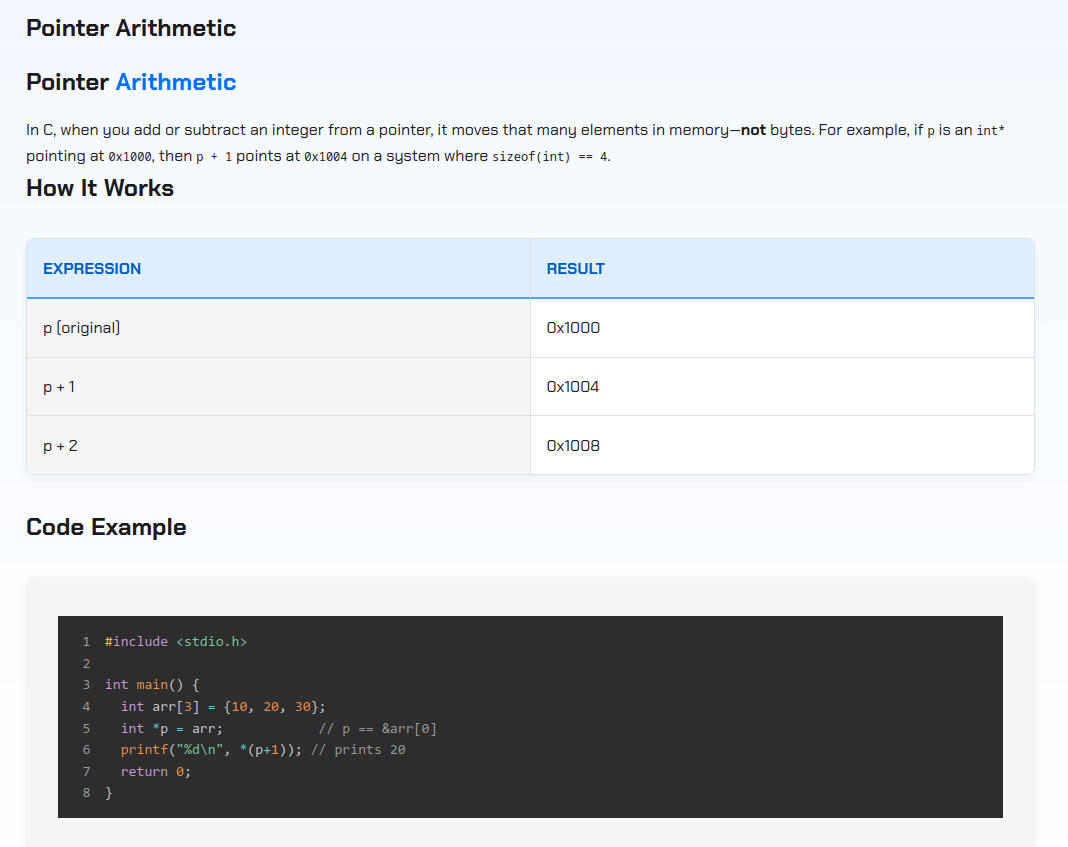Course Recommendation Chat
Context-Aware AI Assistant
Frontend: React, Javasript
Design: Figma
Did front-end architecture and implementation of this embeddable chat widget.
The Course Recommendation Chat is an AI-powered, iframe-based customer assistant that leverages GPT-4 to offer personalized course suggestions, answer user questions, and guide visitors through available learning options on any host page.
Built a responsive UI that seamlessly integrates into host pages via the postMessage API.
Designed the conversation interface and prompts for GPT-4 suggestions, ensuring smooth user flows and real-time feedback.
Iterated on the UX and styling (using Figma mocks) to boost engagement—handling all state management with React Context.

